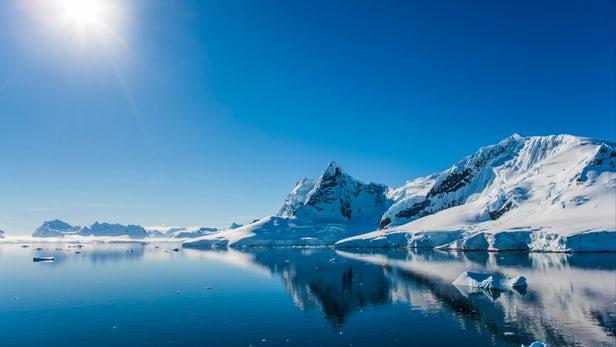The majority of us grew up at some point learning about the water cycle in our educational institution.
Ah, yes! The classic process of evaporation and condensation can easily be recalled from our memory... hopefully. Let's dive into our main focus of today, which is PRECIPITATION!

Specifically, the droplets of water that sprinkles or drums down from our atmosphere- rain. BUT WAIT? Is it actually the droplet shape that we usually associate rain with? That'll move us onto your first fact!
1. Raindrops are shaped like hamburger buns
Yup! That's right. Most people envision falling raindrops as the familiar teardrop shape, but the real hamburger shaped bun has no resemblance to a teardrop due to external pressure and aerodynamic forces when falling through the atmosphere.

2. "Phantom Rain"
This is the type of rain that is a natural phenomenon that usually occurs in hot and dry climates in which rain evaporates before it reaches the ground. You can see it pouring down from the sky, however, the ground does not seem to become visibly wet.

3. Raining cats and dogs? Nope, more like raining fish!
Let's just hope that it won't ever rain spiders, okay? Marine animals such as fish can be sucked up from the ocean by a waterspout during a storm. The winds are so strong they are able to carry aquatic animals miles inland, but let's hope that town isn't yours. Unless you live in a small town named Yoro, located in Honduras that experiences Lluvia de Peces.
Known as the Lluvia de Peces or “Rain of Fish,” it is said to occur at least once and sometimes twice in a year in the small town of Yoro: during a massive rain storm, hundreds of small silver fish supposedly rain from the sky onto the streets of the small town.
4. Artificial Rain
Proceeding on with technological advancement, artificial rain is now possible in the 21st century. Particles of dry ice tossed from the plane specifically to the cumulus cloud. In a cloud, carbon dioxide is wrapped with water and falls as a snowflake, heating on the way and transforming into Rain. This could be beneficial for areas with droughts.

5. The desert isn't the least rainy place on Earth
In fact, Antartica holds the record for lowest annual rainfall by far. With only 6.5 inches of rainfall or snow per year. In addition, an area named the Dry Valley located in Antartica has had no visible rainfall in approximately 2 million years! We would have thought the Atacama Desert could beat that.

Thanks for making it to the end of my first myTake!
Most Helpful Opinions